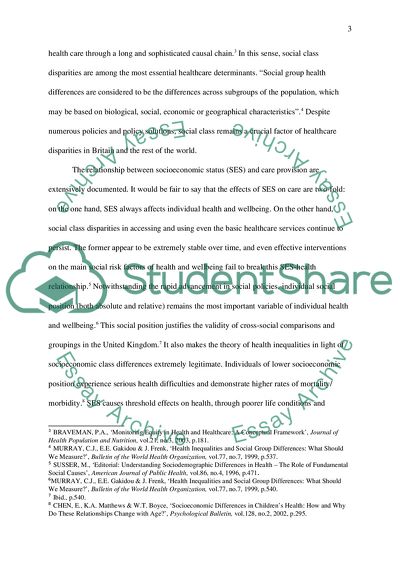Cite this document
(Social Class Differences in Health and Healthcare Report, n.d.)
Social Class Differences in Health and Healthcare Report. https://studentshare.org/health-sciences-medicine/1754535-outline-the-main-social-class-differences-in-health-and-the-use-of-health-services-how-would-you-explain-these-differences
Social Class Differences in Health and Healthcare Report. https://studentshare.org/health-sciences-medicine/1754535-outline-the-main-social-class-differences-in-health-and-the-use-of-health-services-how-would-you-explain-these-differences
(Social Class Differences in Health and Healthcare Report)
Social Class Differences in Health and Healthcare Report. https://studentshare.org/health-sciences-medicine/1754535-outline-the-main-social-class-differences-in-health-and-the-use-of-health-services-how-would-you-explain-these-differences.
Social Class Differences in Health and Healthcare Report. https://studentshare.org/health-sciences-medicine/1754535-outline-the-main-social-class-differences-in-health-and-the-use-of-health-services-how-would-you-explain-these-differences.
“Social Class Differences in Health and Healthcare Report”. https://studentshare.org/health-sciences-medicine/1754535-outline-the-main-social-class-differences-in-health-and-the-use-of-health-services-how-would-you-explain-these-differences.


